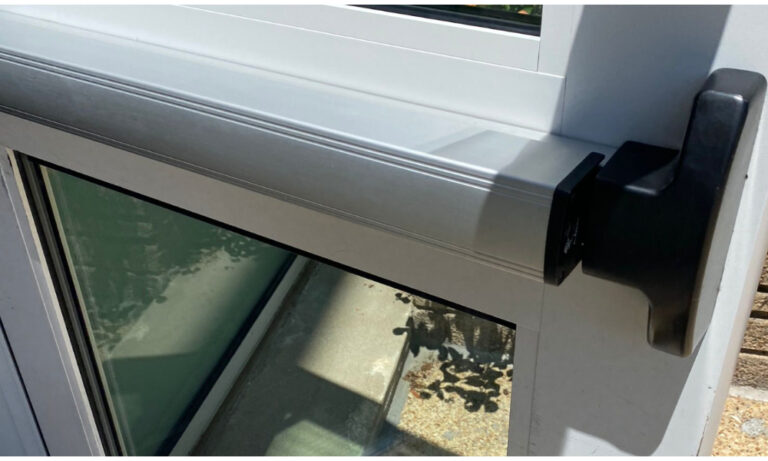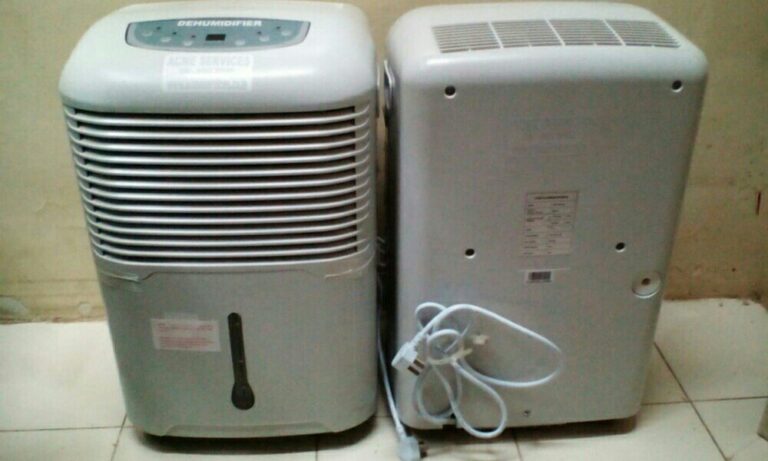
When you think of a cozy home on a chilly evening, chances are a crackling fireplace comes to mind. The warmth, the glow, and the comforting aroma of burning wood create a delightful ambiance. However, behind this idyllic image lies a critical component that ensures your fireplace’s safe and efficient operation – the chimney flue.
The chimney flue plays a vital role in maintaining a healthy and functional fireplace system. In this post, we’ll explore the purpose and importance of chimney flues, understanding why they are an indispensable part of your home.
What is a Chimney Flue?
The chimney flue is the inner lining of the chimney that allows smoke, gases, and combustion byproducts to escape from the fireplace and safely vent them outside. It serves as a passageway that guides these harmful elements away from your living space, preventing smoke and carbon monoxide from entering your home.
The Purpose of Chimney Flues
Now that we understand what chimney flues are let’s take a closer look at their purpose and how they add to the functionality of a home.
Smoke and Gas Ventilation
The primary purpose of a chimney flue is to provide a clear and safe pathway for smoke and gases produced during combustion to exit your home. As you burn wood or other fuels in your fireplace, the resulting smoke rises through the flue and is released into the atmosphere. Without a properly functioning flue, smoke and toxic gases, such as carbon monoxide, can accumulate indoors, posing serious health risks.
Image filename: painted-house
Image alt text: Brick chimney in a white painted house.
Preventing Chimney Fires
Creosote is a natural byproduct of burning wood and tends to accumulate on the flue walls over time. This sticky, highly flammable substance is a leading cause of chimney fires. A well-maintained flue with minimal creosote buildup reduces the risk of a dangerous chimney fire that can damage your chimney and compromise the safety of your home.
Protecting the Chimney Structure
A properly sized flue ensures that the hot gases from combustion are efficiently vented out of the chimney. If the flue is too large, the gases may cool down too quickly, leading to condensation and potential damage to the chimney structure. On the other hand, if the flue is too small, it can cause poor airflow, leading to incomplete combustion and increased creosote deposits.
Enhancing Fireplace Efficiency
An appropriately sized flue helps maintain a proper draft in the fireplace, promoting efficient and clean burning. Proper airflow ensures that the fire receives enough oxygen to burn thoroughly, reducing the production of harmful pollutants and optimizing fuel consumption.
Image filename: old-chimney
Image alt text: Chimney in a classic-themed house.
The Importance of Chimney Flues
- Safety First: The most critical aspect of a chimney flue is its role in keeping your home safe. Without a functioning flue, toxic gases like carbon monoxide can seep into your living space, posing severe health hazards to you and your family. Regular chimney inspections and maintenance ensure the flue remains clear and free from blockages or damage.
- Extending Chimney Lifespan: A well-kept flue reduces the chances of creosote buildup, which can lead to chimney fires. Minimizing the risk of fires and maintaining a clean flue helps extend the lifespan of your chimney, saving you money on potential repairs or replacements.
- Energy Efficiency: Efficient flue ventilation ensures that your fireplace burns fuel effectively, reducing waste and saving energy. An efficient fireplace benefits the environment and translates to cost savings on fuel consumption.
- Protection Against Moisture Damage: In addition to venting smoke and gases, chimney flues also serve as a barrier against moisture intrusion. Rainwater, snow, and other forms of moisture can enter the chimney through damaged or improperly sealed flues. Over time, this moisture can cause deterioration, rusting of metal components, and even structural damage to the chimney. Regular chimney maintenance and inspections ensure that the flue remains intact and well-protected against moisture-related issues.
- Handling Various Fuels: Chimney flues are designed to accommodate different types of fuel used in fireplaces and heating appliances. Whether you burn wood, gas, pellets, or oil, a properly sized flue ensures that the combustion byproducts are safely and efficiently vented out of your home.
- Prevention of Downdrafts: Downdrafts can cause smoke to fill the living space, leading to discomfort and potential health issues. Chimney flues with proper draft management features, like chimney caps and dampers, help mitigate downdrafts and maintain efficient airflow.
- Reducing Environmental Impact: A properly functioning chimney flue contributes to cleaner air and a healthier environment. By ensuring the complete combustion of fuel and effective venting of pollutants, less harmful emissions are released into the atmosphere. Regular chimney maintenance, including cleaning and inspections, ensures that your fireplace operates at its best environmentally.
Image filename: masonry-chimney
Image alt text: Grayscale photo of masonry chimney in brick house.
Need a Chimney Flue? Creative Masonry and Chimney Has Got You Covered
Chimney repair experts at Creative Masonry and Chimney can inspect your fireplace to ensure that your chimney flue is in optimal condition and installed properly. From chimney repair to comprehensive chimney cleaning, their team of professional contractors in CT can take care of all your chimney needs.
Get in touch with them today to learn more about their services like chimney repair Cromwell CT, Southington, chimney cleaning Newington CT, Rocky Hills, Berlin, Cheshire, Waterbury, and nearby areas in CT.







